Explain How Proteins Are Different From Carbohydrates and Lipids
A typical carbohydrate is starch which is consists of many glucose units C6H12O6 joined together. During this process atoms ions or molecules from a food substance adhere to the surface of an absorbent from where they are absorbed and transformed into.
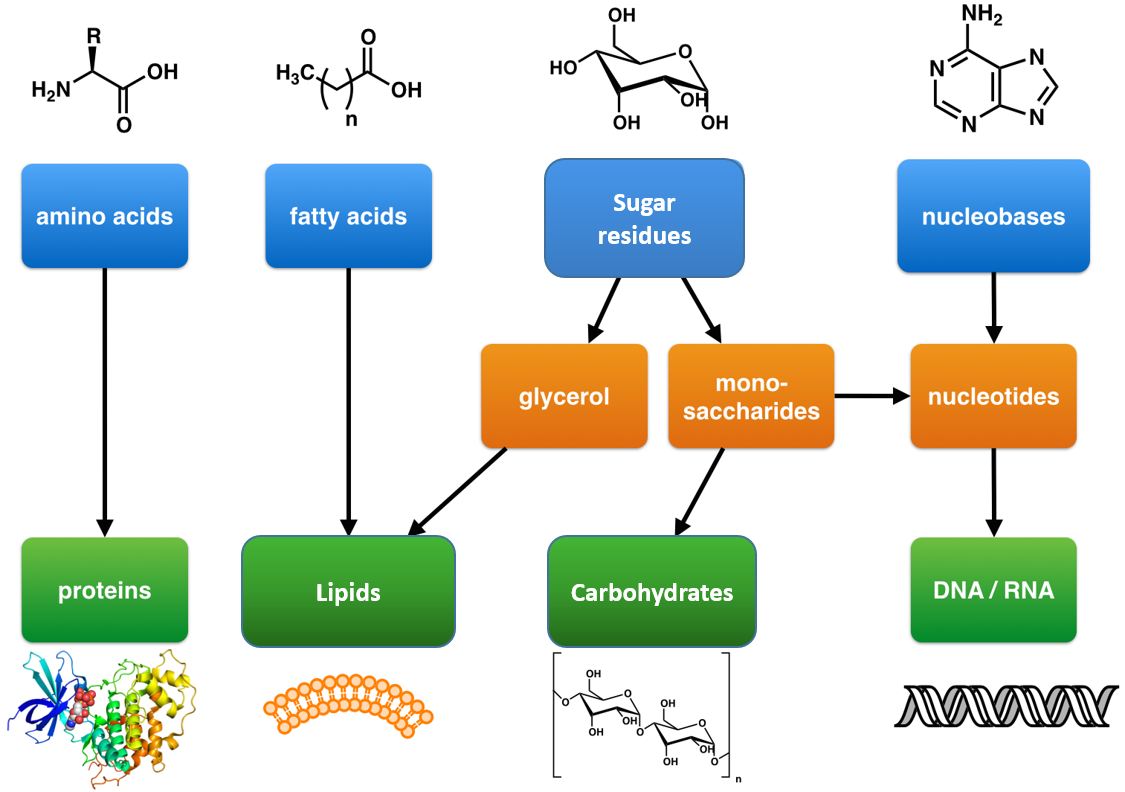
Gr 9 Topic 3 Macro Molecules Amazing World Of Science With Mr Green
A balanced diet comprising whole grains fruits vegetables meat and dairy foods is the best way of ensuring that you are getting all these nutrients.

. Below infographic on the. Carbohydrates consist of single-sugar units called monosaccharides double-monosaccharide units known as. Explain how proteins are different from carbohydrates and lipids.
Carbohydrates proteins and fats are the source of energy. Proteins have polar CO and N-H groups so they are able to form hydrogen bonds with other molecules and with each other. Protein can be found in food sources like seafood meat poultry eggs soy nuts seeds and dairy products.
There are three types of substances present in the food. We review their content and use your feedback to keep the quality high. Describe the basic structure of an amino acid.
Metabolic pathways should be thought of as porousthat is substances enter from other pathways and intermediates leave for other pathways. Explain the difference between essential and nonessential amino acids. Protein is very important in the body and is used for tissue building tissue repair wound healing immune system functioning and energy.
Considering their functions the difference between carbohydrates and lipids is that the lipids involve in cell signalling processes while carbohydrates do not. Carbohydrates and proteins are hydrophilic and able to form hydrogen bonds with water. Digestion and absorption are the two main processes that help convert the food we eat into energy to sustain our daily activities.
Protein can also be used for energy but the first job is to help. Unlike carbohydrates proteins and nucleic acids lipids are not polymeric molecules. A carbohydrate consists of carbon C hydrogen H and oxygen O atoms usually with a hydrogenoxygen atom ratio of 21 as in water.
They are necessary for energy storage. Carbohydrates are used for energy glucose. Proteins play a vital role in the growth and replenishment of body cells and tissues.
They are carbohydrates proteins and lipids. The building blocks that make up proteins are called amino acids. Absorption process of Carbohydrates Proteins and Lipids.
They include fats waxes sterols fat-soluble vitamins mono- di- or triglycerides phospholipids etc. Lipids Lipids have varied structures but all have a polar head and a large nonpolar tail. At different ages genders they require different amounts of protiens at different times.
4 calories in a gram of carbohydrate or protein. Carbohydrates lipids proteins and nucleic acids. This problem has been solved.
Proteins formed by a linear combination of amino acids monomers among 20 by peptide linkage Carbohydrates formed by linear or branched combination of monosaccharides monomers by glycosidic linkage Lipids form large structures but the interactions are not covalent. Describe the denaturing of a. This is another difference between carbohydrates and lipids.
Non polar and amphiphatic molecules. This happens because all of the catabolic pathways for carbohydrates proteins and lipids eventually connect into glycolysis and the citric acid cycle pathways see link. The process is facilitated by the hydrochloric acid present in the stomach.
Therefore the proteins differ from the carbohydrate and lipid chemically in terms of molecular in that they contain nitrogen. Digestion and Absorption of Proteins. In contrast the proteins chain is long which is made up of several amino acids.
These nutrients also differ in how quickly they supply energy. They supply 90 of the dry weight of the diet and 100 of its energy. Identify the key steps in digesting protein.
Carbohydrates proteins and lipids are required by humans. The digestive system breaks down large molecules. Who are the experts.
All three provide energy measured in calories but the amount of energy in 1 gram 128 ounce differs. They are essential amino acids which are in. A Description of the Difference Between Carbohydrates Proteins Lipids and Nucleic Acids Carbohydrates.
Protein is our third macronutrient carbohydrates fat and protein. They can be divided into three categories. Teenagersfemales require more proteins than males.
Lipids are organic substances that are insoluble in water soluble in organic solvents are related to fatty acids and are utilized by the living cell. They are carbohydrates proteins and lipids. Fats are used for energy after they are broken into fatty acids.
Nutrients are passed to other organisms in a food web. Carbohydrates proteins fats water vitamins and minerals are the six classes of nutrients that your body needs for survival growth and to maintain health. Carbohydrates have many polar OH groups.
The digestion of proteins takes place in the stomach with the help of protease and pepsin enzymes which breaks down the proteins into amino acids. Experts are tested by Chegg as specialists in their subject area. These polymers are composed of different monomers and serve different functions.
The main substances found in every cell are a combination of lipids carbohydrates nucleic acids and proteins. These nutrients are digested into simpler compounds. It store and provide energy and makes cellular.
They supply 90 of the dry weight of the diet and 100 of its energy. Each of these substances plays a different role in the body and all of them must either come from the diet or be manufactured using other chemicals in the body. Lipids are hydrophobic and insoluble in water.
Describe what the term klimiting amino acid is. Compare and contrast the difference between Proteins Carbohydrates Lipids and Nucleic acids. Carbohydrates are further divided into three groups including monosaccharides disaccharides and polysaccharides.
9 calories in a gram of fat. When considering the energy release one gram of carbohydrate releases 4 kcal while one gram of lipids releases 9 kcal. There are four basic kinds of biological macromolecules.
Molecules composed of sugar monomers.
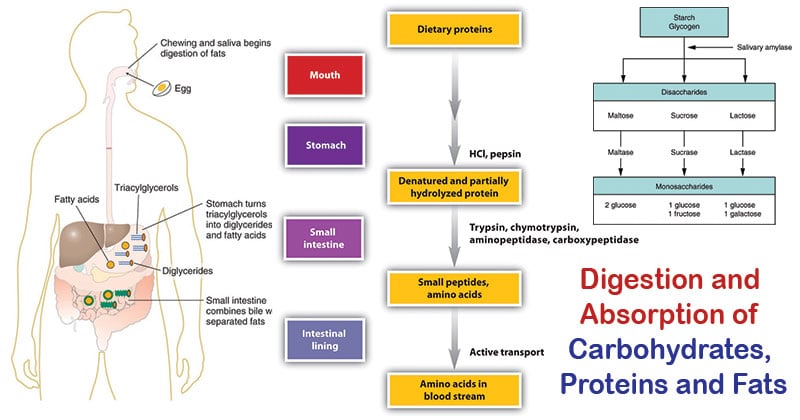
Digestion And Absorption Of Carbohydrates Proteins And Fats

Question Video Describing The Basic Composition Of The Three Main Biological Molecules Proteins Carbohydrates And Lipids Nagwa

Difference Between Carbohydrates And Lipids Compare The Difference Between Similar Terms

Protein Carbohydrates Lipids Nucleic Acid Elements Of Biological Molecules Video Lesson Transcript Study Com

Main Nutrients Carbohydrates Fats And Proteins Biology Notes For Igcse 2014
3 2 Carbohydrates Lipids And Proteins Bioninja

Lesson Explainer The Chemistry Of Food Nagwa

Mixing Protein And Carbohydrates Chart Shows How Food Is Modified Into Lipids Carbohydrates And Protein Carbohydrates Chart Protein Metabolism Metabolism

What Are The Differences And Similarities Between Carbohydrates And Lipids Quora
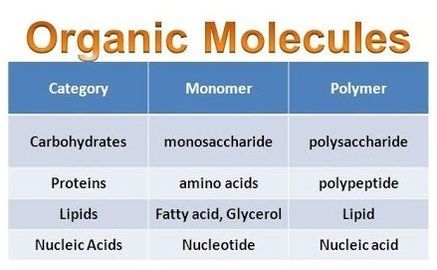
Gr 9 Topic 3 Macro Molecules Amazing World Of Science With Mr Green

Biology Part 4 Chemistry Flashcards Quizlet
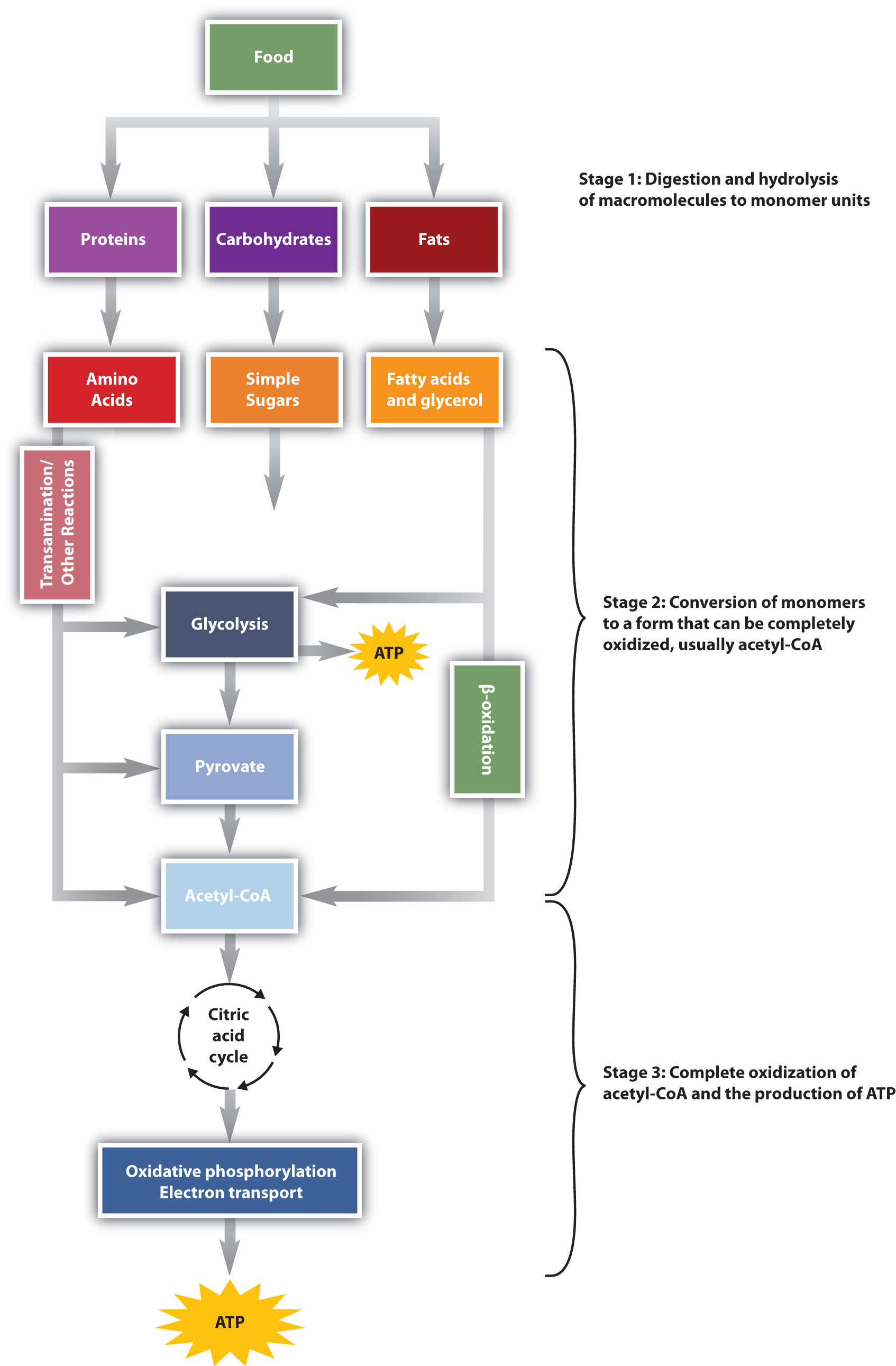
20 2 Stage I Of Catabolism Chemistry Libretexts
What Are The Main Similarities Differences Between The Three Main Food Groups Carbohydrates Proteins Fats Quora

What Is The Similarity And Differences Of Carbohydrates Lipids And Protein Quora
Difference Between Carbohydrates And Lipids Comparison Of Chemical And Physical Properties Uses Etc

Classification Of Nutrients Nutrition Science And Everyday Application

Protein Carbohydrate And Lipid Metabolism And Communication In Fish Download Scientific Diagram
What Smaller Molecules Monomers Building Blocks Make Up Carbohydrates Proteins Nucleic Acids And Lipids Quora
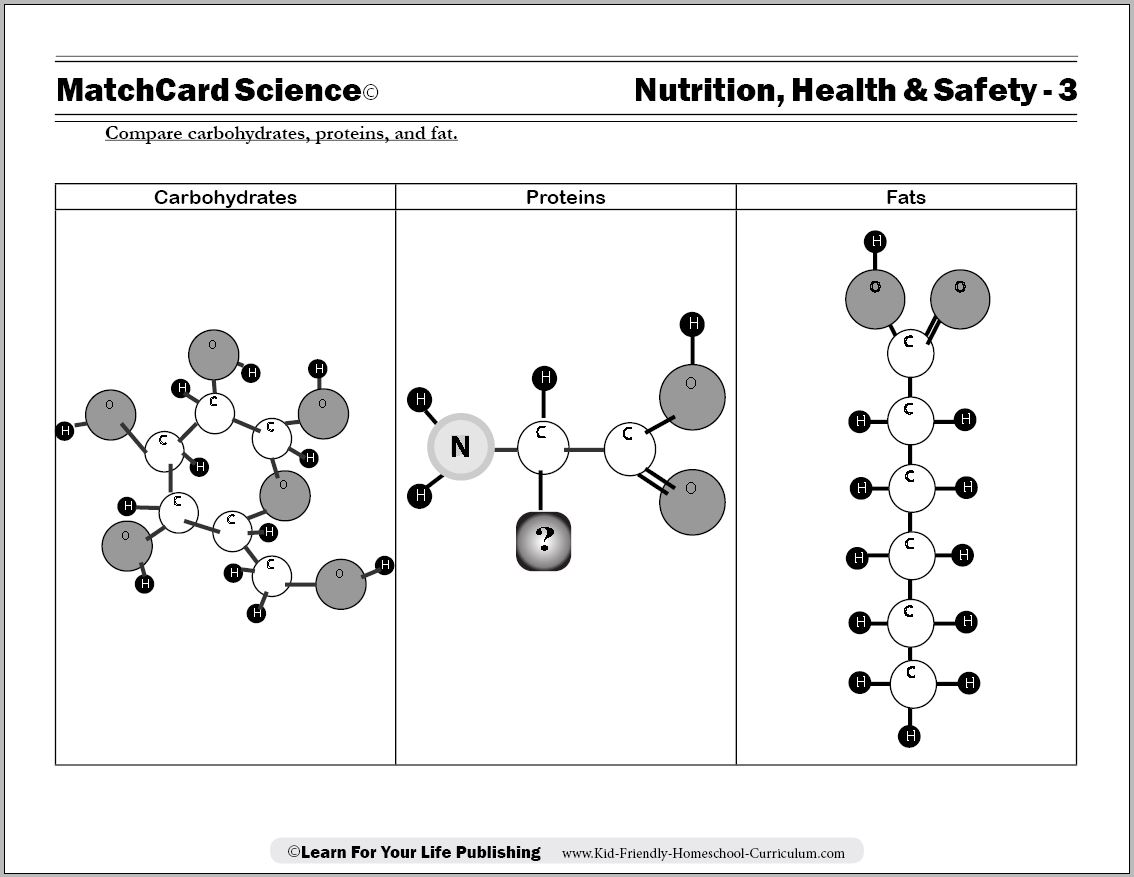
Comments
Post a Comment